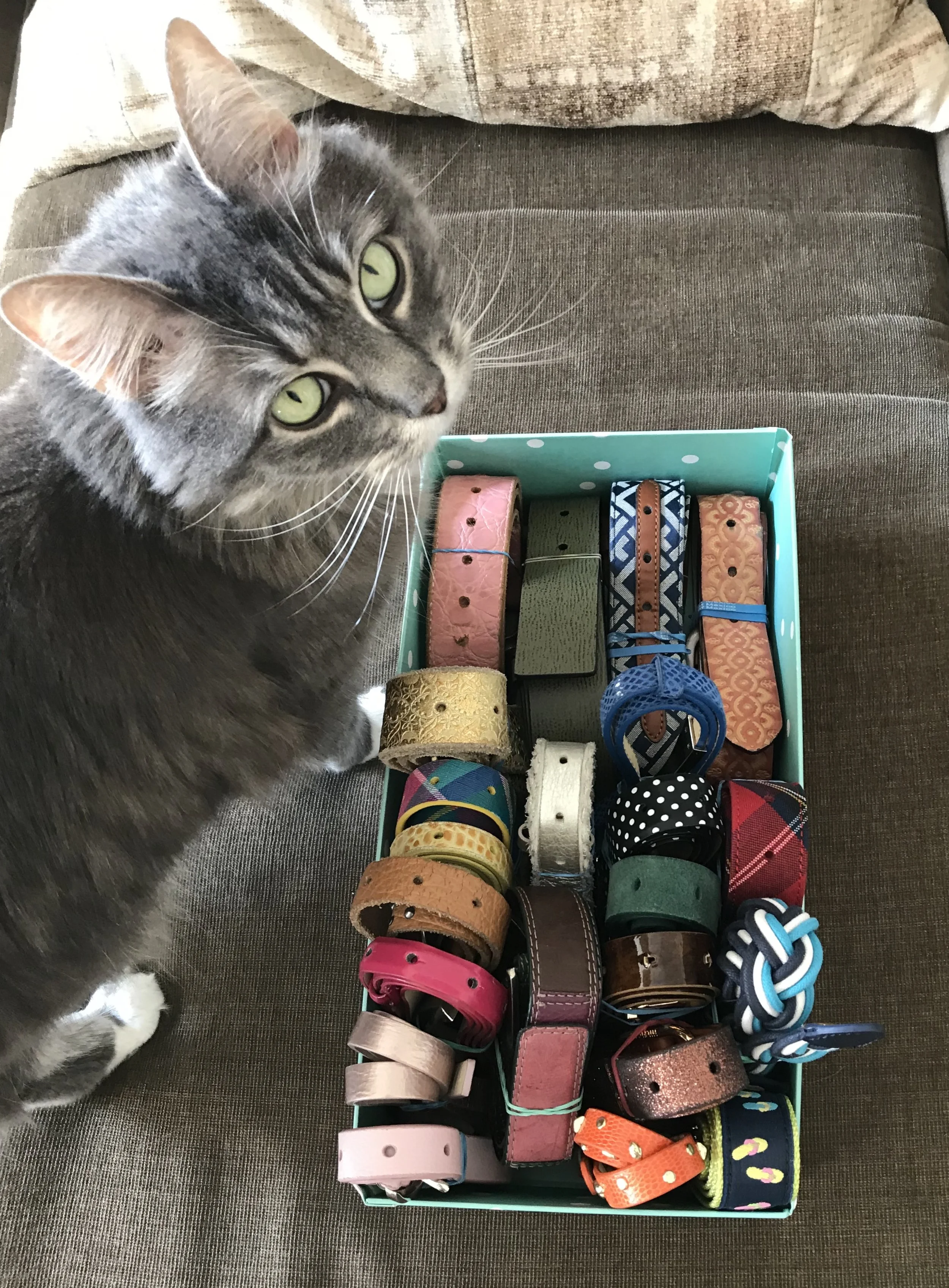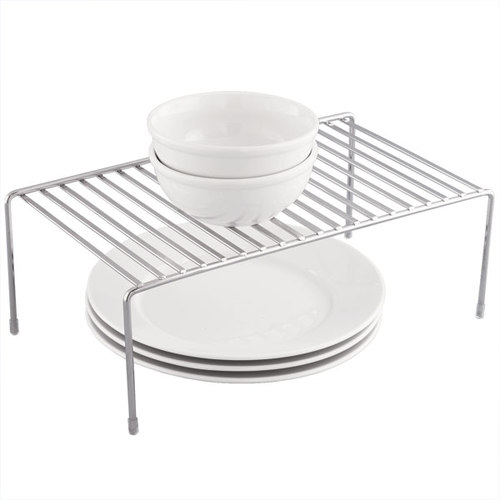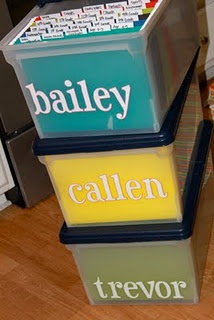Snow crunching underfoot, houses outlined in sparkly lights, the smell of freshly baked cookies wafting out of the kitchen--the holidays are here again!
Christmas always takes me back to warm memories of my mother’s nanny, Molly. My grandmother died in 1948 and Molly came over from Denmark to LA to look after my mom and her two siblings. She was a true mother to those kids and a grandmother to me. She loved Christmas, and every year she covered coffee tins with contact paper and filled them with her famous Danish currant cookies to give as gifts. My mouth waters just remembering their buttery texture. But what really makes me think of Molly is when I take out my Christmas boxes and carefully unpack the handmade yarn Santas she gave to my mother before she died. These Old World Danish decorations bring the holiday spirit into my home like nothing else I own.
While I was decorating and remembering Molly this past week, I started thinking about holiday organizing and how beneficial a good system is. Let’s face it: by the end of the season we all feel the temptation to simply stuff everything in boxes as quickly as possible and get them out of sight for another year. But there are other ways to do this that lessen stress, free up time, and create some welcome ease. It just takes a little planning. Next year, when the season rolls around again, I’m always glad I did it.
I thought I’d share some tips and tricks that make my holidays a breeze:
The Container Store sells affordable, see-through boxes in different sizes that will accommodate small items like table decorations and ornaments or larger items like wrapping paper and garlands (or to save money, you can hang on to segmented wine boxes and cardboard egg cartons to store ornaments and breakable items)
Label all boxes in full capital letters for easy readability (I use a label maker but you can also print them or neatly hand-write them)
Designate “open first” boxes to streamline your decorating
If it’s broken, if you hate it, or if you never use it, give it away or properly dispose of it
Test light strings before putting them away to make sure you’re ready to go next year
Wind light strings around cardboard and stack them in a bin to save you from detangling a mess next year
Keep a stash of “neutral gifts” already wrapped to give to guests who show up with an unexpected gift for you; olive oil, chocolate, wine or candles
Keep a list for next year of items you know you’ll need, or shop the after-Christmas sales to get inexpensive lights and decorations to pack away
When it comes to anything in my home, seasonal or otherwise, my philosophy is pretty simple. I ask myself: Do I use it, do I love it, do I appreciate it? Any item I have must clear at least one of these hurdles. It seems to me that the holidays are an especially good time to ask myself these questions as I get out things I don’t see that often.
You’ll be happy to know that Molly’s Santas received my highest rating--a thumbs-up in each category. They’re staying.
Merry Christmas, Happy Hanukkah, Happy Whatever Holiday You Celebrate, and, of course, Happy Organizing!
Written by: Sheryl Hadley, President & Founder
Read More


























